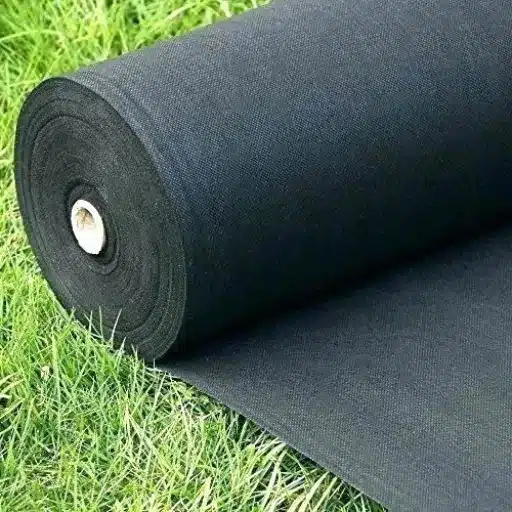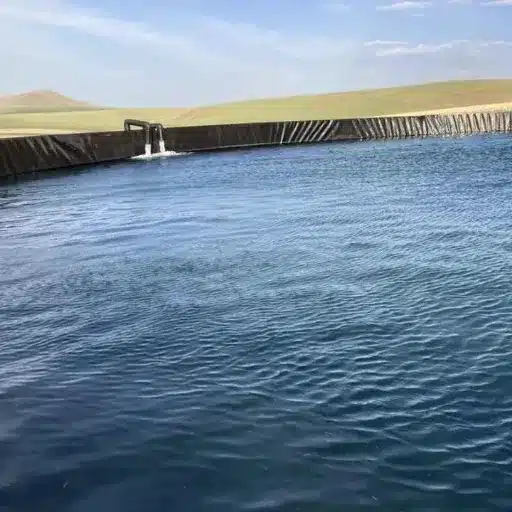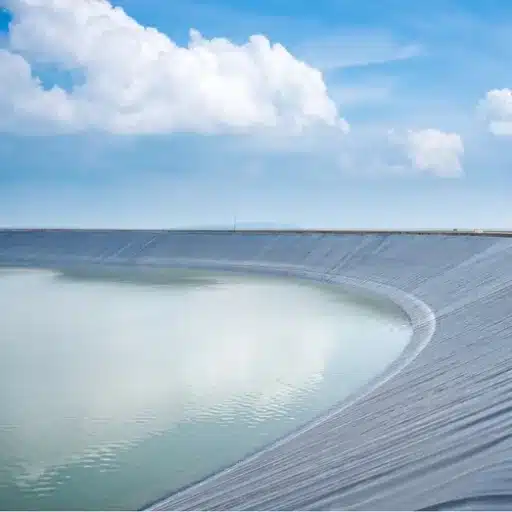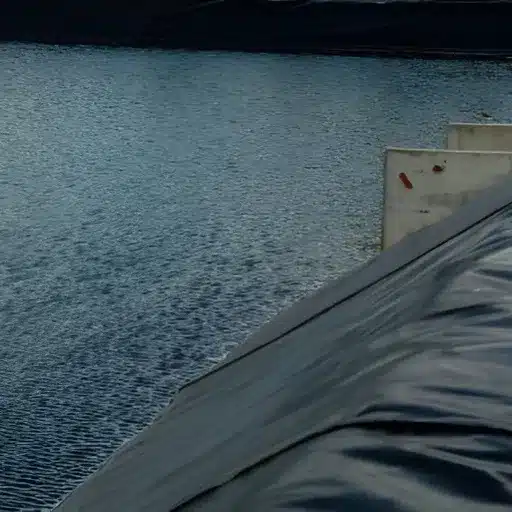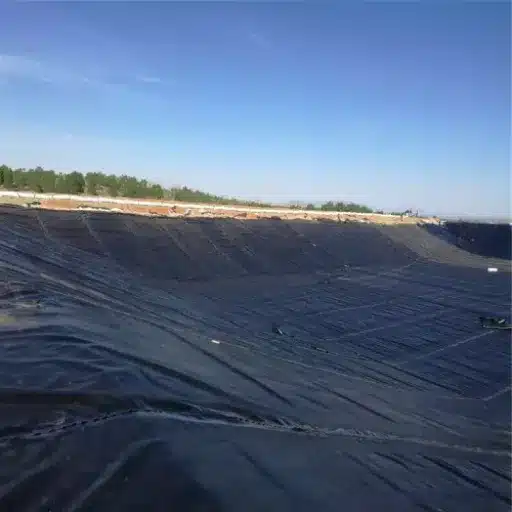How to drive over grass without killing it? Maintaining a flourishing green lawn is excellent, but the erosion effect of work in the driveway or backyard weighs so much against it. Thus, several homeowners face this dilemma: How do I get the job done without leaving unsightly tire marks on my lawn or, worse, causing permanent damage? If this has indeed been on your mind lately, the go-ahead news is that it can go under protection with the right approach. This guide will take you through valuable and constructive tips to reduce damage while caring for the grassland and maintaining the lawn in top shape, regardless of anything. So, read on to learn how to drive over your grass without killing it!
What Are the Best Practices for Parking a Car on Grass?

- Use Protective Materials: Be sure to place the board, some mats, or gravel beneath the tires to ensure that the weight is evenly distributed and that the grass is not dangerously compacted or destroyed.
- Choose Dry Conditions: Park on the grass only when dry to reduce soil compaction and turf damage caused by soggy or wet ground.
- Limit Parking Time: The car should not be on the grass for long. Longer parking times interrupt sunlight and air, creating yellowing or dying spots.
- Rotate the Parking Spots: If parking on grass regularly becomes a necessity, change the spots every once in a while so as not to ruin one area.
- Maintain Healthy Grass: A well-fed, watered, and aerated lawn makes strong grass resistant to vehicle damage.
These procedures will lessen the impact on your lawn, thus keeping it soft and flourishing.
Understanding Soil Compaction and Its Effects on Grass Health
Soil compaction occurs due to tightly packed soil particles that diminish pore space and restrict the passage of air, water, and nutrients. Usually attributed to heavy foot traffic, machinery, or vehicles, it causes grass health to suffer greatly. Since compacted soil hinders root development, it leaves plants with weak roots that are shallow and unable to take in resources properly. Over a long period, it will give rise to patchy lawns that are unhealthy and vulnerable to disease and weeds.
Recent research has shown that soil encumbrance could reduce water infiltration by as much as 80%, making pooling and runoff probable and further compromising lawn hydration. According to the research, soil compaction may reduce root penetration by 70%, thereby damping down the grass’s taxis to counter environmental stress brought about by drought or temperature.
Core aeration properly relieves soil compaction by pulling small soil plugs, thus allowing water, oxygen, and nutrients to trickle down. Lawn professionals recommend aerating at least once yearly, more so in high-traffic areas, for relief from soil compaction. Adding organic matter, such as compost, will also help break down the soil and allow roots to grow deeper. Keeping closely monitor soil health and taking necessary action to prevent soil compaction are the keys to an ever-euphoric lawn.
How to Protect the Grass While Parking a Car
Parking a car on grass can cause soil compaction, root damage, and eventual formation of bare patches. Here are some practical measures that can be taken to reduce or eliminate these impacts:
- Use Permeable Pavers or Grass Protection Mats
Permeable pavers or grass reinforcement grids can disperse the vehicle’s weight, preventing soil compaction. While these matrices allow grass to grow through them, they provide a solid surface on which to park. In some instances, permeable surfaces have been found to reduce runoff by 70%, thus helping create healthier soil and vegetation.
- Rotate Parking Areas
If possible, avoid parking in the same position repeatedly to prevent the excessive compaction of one area. By rotating the parking spots, pressure is applied evenly, thus allowing grass in the previously used areas to recover.
- Encourage Healthy Grass Growth
Properly maintained healthy grass can resist wear and damage better. Ensure that you mow, water, and fertilize properly. Strong root systems can handle moderate stress from the weight of a vehicle much better than weak or unhealthy grass.
- Place Gravel or Mulch in High-Traffic Areas
Creating a parking area with gravel or mulch is an option when parking is unavoidable. These materials offer extra support, help protect the grass, and prevent soil erosion.
- Park Only When You Cannot Help It
Avoid parking on the grass during wet weather because saturated soil is more vulnerable. According to data, soil compaction may increase by 90% when subjected to traffic under wet conditions, making damage worse.
By applying any or all of these procedures, you can prevent the worst effects of parking a car on grass and nurture a healthier and more sustainable lawn.
Benefits of Using a Grass Protection Mat
- Stops Soil Compaction
Grass protection mats distribute the pressure exerted by vehicles onto the soil and reduce soil compaction. Thus, the soil remains aerated and conducive to the growth of healthy grass, eventually averting permanent damage to the ground.
- Protection of Grass from Tire Damage
These mats create a solid, durable surface for vehicles to prevent their tires from damaging or uprooting grass, which is crucial if there is additional heavy vehicle movement on the lawn.
- Prevents the Displacement of Mud and Dirt
The protection mats should serve as a guard between vehicles and the earth, mud, or dirt in wet conditions. They ensure the lawn surface remains well-maintained.
- Durability and Reusability
Most grass protection mats are made from grainy materials, and they are made with the utmost durability to endure repeated use. They can withstand weather conditions and allow for reuse, which is influenced by environmental and cost factors.
- Increase Load-Bearing Capacity
These mats can significantly increase the capacity for load-bearing on your lawn, allowing heavier vehicles to weigh on it without damaging it. Thus, they are great for events, construction, or everyday driveway use.
What Is Grass Protection Mesh and How Does It Work?
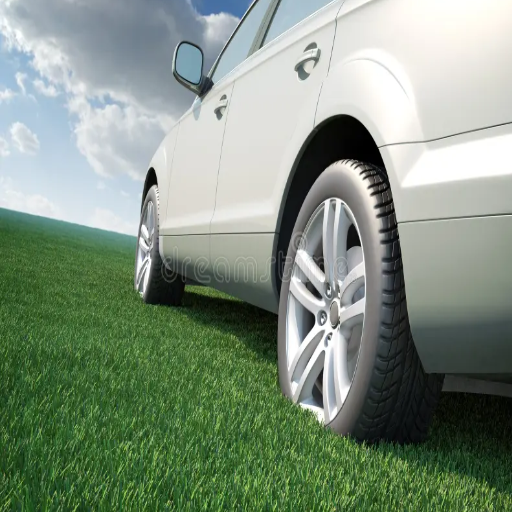
Grass protection mesh is made of rigid plastic material; it stabilizes and protects grassy areas. It is laid above the grass as a firm surface against soil erosion or damage from pedestrian or vehicle traffic. Grass grows through the openings of the mesh, so it still looks natural while protecting the lawn. After installation, it forms a solid and resilient surface to be utilized in areas often used for outdoor enjoyment, or for the parking lot or pathway.
Types of Grass Protection Mesh Available
Grass Protection Mesh comes in varieties meant for simpler categorization. Each is available in a standard category except for the medium, heavy-duty, and reinforcement categories; they are available in green and black HDPE.
| Type | Grade | Color | Material | Use | Durability |
|---|---|---|---|---|---|
| Standard | Light | Green | HDPE | Pedestrian | Moderate |
| Medium | Medium | Green | HDPE | Light vehicles | High |
| Heavy-Duty | Heavy | Black | HDPE | Vehicles/Paths | Very High |
| Reinforced | Heavy | Green/Black | HDPE | Frequent traffic | Very High |
Installation Tips for Effective Grass Protection
- Configure the Installation
Installing grass protection systems appropriately will guarantee their best working ability and lifespan. Here are 5 in-depth tips for proper installation:
- Prepare the Ground Surface
Ensure proper leveling of the ground before placing the mesh. The grass substrate must also be adequately stiff. Remove any stones, roots, or uneven areas that could hamper installation.
- Allow Grass to Grow for Stability
If feasible, install the mesh during the growing season. Post-installation, allow grass to grow through the mesh and knit with it to improve the overall stability and natural integration.
- Fasten Properly
Fasten the mesh well to the ground using steel U-pins or plastic pegs. Space the pins evenly 1-2 feet apart so the mesh does not move when stressed.
- Choose the Correct Mesh Type
Select the proper grade of grass protection mesh for the traffic it will be subjected to. For example, heavy-duty or reinforced grades would be best for areas that frequently carry vehicular traffic.
- Inspection and Maintenance
Perform a periodic inspection for signs of wear and tear, tension loss, or mesh damage. Replace or repair damaged sections immediately to preserve adequate protection and safety.
Cost vs. Benefits: Is It Worth the Initial Investment?
Under these conditions, when we discuss whether the gains accrue more than the costs and accordingly take further steps for applied outcomes, we will face supremacy in value issues.
| Aspect | Definition | Key Factors | Pros | Cons |
|---|---|---|---|---|
| Purpose | Compare costs vs. benefits | Tangible & intangible | Data-driven decisions | Time-consuming |
| Metrics | NPV, ROI, BCR | Direct, indirect, and opportunity costs | Quantifies intangibles | Relies on forecasts |
| Outcome | Positive NPV = Worthwhile | Risks, rewards, and feasibility | Simplifies decisions | Bias risk |
How Can You Create a Grass Parking Area?
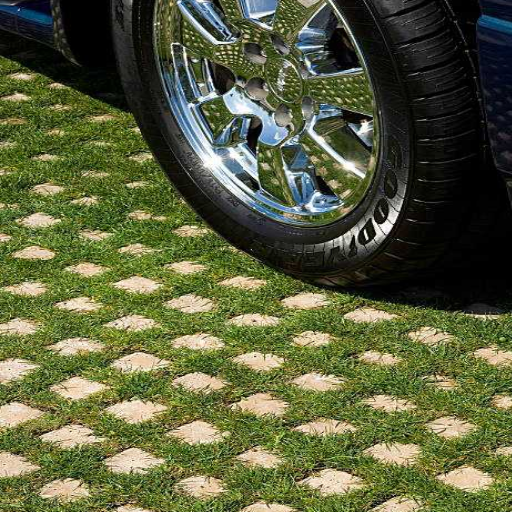
A few essential steps are taken in creating a grass parking surface for strength and functionality:
- Preparing the Soil
Level the ground and remove any debris, stones, or roots that can disturb the surface. Ensure proper drainage so that water does not escape into pools.
- Laying the Protection Mesh/Grid
Lay a grass protection mesh or an interlocking grid system designed to protect the grass from damage as a vehicle parks. Fix the system on the ground as set out by the manufacturer.
- Seeding or Sodding
Seed or lay sod on top of the reinforcement system. Use the grass that best suits your climatic conditions.
- Grass Establishment
Allow time for the grass to establish before using the area as parking. Depending on the conditions, this time is generally several weeks.
- Maintenance
Keep mowing the grass to about half to one inch to avoid hindering the sport. Look for damage to the mesh or grid, and reseed any bare patches to keep the whole area functional and attractive.
These steps will assist you in having a sustainable and attractive grass parking area for light to moderate use.
Using Grass Pavers for Durable Grass Parking
Grass pavers are made with durability in mind so that they may stand light to moderate vehicle traffic. They distribute the weight of the vehicles evenly so as not to compact the soil or damage the grass roots beneath. The modern designs utilize reinforced materials such as plastic or concrete grids to increase strength and durability. Proper installation, periodic inspection, and maintenance further guarantee their long life. Thus, when installed in the right place and appropriately used, grass pavers become a green and sturdy solution for parking.
Designing a Grass Parking Lot: Key Considerations
While working out the design for a grass parking lot, many elements must be considered so that the lot is functional, durable, and sustainable. First, this involves a detailed site analysis looking at soil type, drainage capacity, and the overall terrain in the area. Good drainage is essential to keep water from pooling because this eventually kills off the grass and damages the structure. Grass types must also be selected for their ability to withstand foot and vehicular traffic to discourage longevity landscaping. A premium paver system, for instance, reinforced plastic or concrete grids, can help stabilize the surface and concurrently foster the growth of natural grass. Maintaining these parking lots, including mowing, aeration, and reseeding where needed, will ensure longevity. Combining all these features will help create a solution that is both environmentally friendly and pleasing to the eye.
Maintaining a Grass Parking Area for Longevity
The grass parking areas present a sustainable alternative to traditional asphalt or concrete lots. They host abilities that allow a seamless fit in the surrounding environment, minimizing heat build-up zones, and maximizing the inflow of water, if it exists, to avoid runoff. Also, they help with better air quality by encouraging plants to grow, absorb carbon dioxide, and release oxygen. By application of eco-friendly materials and proper care for its maintenance, the parking area will remain durable and promote green causes.
What Are the Alternatives to Parking on Grass?
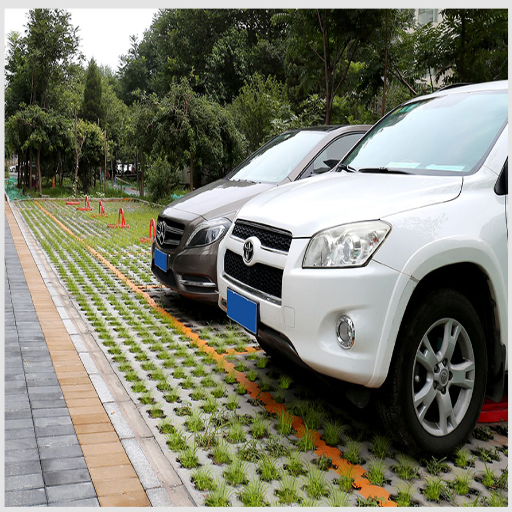
The problem of parking on the grass can hence be looked into through the construction of parking alternatives:
- Gravel Parking Lots
Gravel provides a cheaper alternative to paving a lot and allows for better drainage. Moreover, it needs less maintenance and may blend well with the natural environment.
- Permeable Pavement
Permeable pavement allows water to permeate through it, thereby reducing runoff and encouraging groundwater recharge. It is functional and green.
- Concrete or Asphalt Parking Lots
Traditional concrete/asphalt options are durable and can withstand heavy traffic. Therefore, they should be considered for areas with a high frequency of use.
- Plastic Grid Systems
Plastic grid systems provide a stable surface that allows grass to grow as a compromise between green space and durability.
One may be selected among the alternatives depending on environmental requirements, budget, and usage patterns.
Benefits of Installing a Driveway or Paver Path
- Increased Curb Appeal
Properly designed driveways or paver paths enhance the beauty of the house, and the hope is that visitors will be awestruck.
- Increased Property Value
Durable and visually pleasing driveways or paths would increase a home’s value. Buyers see driveways and paths as valuable assets.
- Enhanced Functionality
The driveway or paver path has to be well-constructed to provide an adequate surface for vehicles and pedestrians to pass through, thus ensuring minimum disruptive wear and tear to the landscaping and easy access.
- Low Maintenance
Today, driveways and pavers are made from durable materials that require minimal maintenance. This ensures that the solution is long-term and economical, as such driveways do not crack easily and cannot be spoiled by weather within a short period.
- Environmentally Friendly Alternative
Permeable pavers and other sustainable materials allow water to seep into the ground, reducing runoff and encouraging groundwater recharge, a conscious and green direction for landscaping.
Options for Overflow Parking Without Damaging Grass
Protecting your grass from heavy use is essential to avoid damage to overflow parking. Here are five useful options for managing the overflow parking while keeping your lawn intact:
- Gravel Parking
Install a designated gravel section for overflow parking. Gravel is tough, drains well, and does not allow soil compaction, leaving the grass and its surroundings unscathed.
- Grass Reinforcement Grids
Reinforce the lawn with plastic or concrete grids. These grids support the weight of vehicles while allowing the grass to grow through them, keeping the lawn’s natural look intact.
- Permeable Pavers
These maintain the fronts and allow interstitial water to penetrate and sustain the grass. Such pavers promote sustainability, check runoffs, and offer nifty parking spaces for driver interaction.
- Temporary Parking Mats
Set up temporary parking mats for the occasion. These mats help evenly disperse the cars’ weight, thus preventing compaction and damage to the soil underneath.
- Hardscape Overflow Areas
Create hardscape areas with concrete or interlocking pavers that are aesthetically pleasing, tough, and weather resistant, with lots of indignity in the eyes of some. The hardscape zone provides an area for vehicle traffic during peak periods that will not disturb nearby grass and/or landscaping.
Using Permeable Pavers for Sustainable Parking Solutions
The permeable pavers serve an underscoring purpose of sustainability and environmentally friendly parking, permitting natural water to permeate into the ground. The pavers are designed such that rainfall during monsoon showers allows water to trickle down through the joints of the paving stones instead of becoming runoff. This helps replenish the water table and avoid contamination entering water bodies.
According to recent studies, permeable pavers have reduced surface temperatures, lessening the urban heat island effect. In addition, they offer the benefits of long-life and maintenance-light paving solutions for parking; thus, they can be used for commercial and residential purposes. These features encourage greener infrastructure in modern settings and tackle issues related to climate change.
Reference Sources
- Authors: S. O. Malongweni, J. V. van Tol
- Published in: Environment, Development and Sustainability
- Publication Date: February 6, 2024
- Key Findings:
- The study investigates the long-term effects of herbivores, fire, and vegetation type on soil compaction and stability.
- It was found that areas under tree canopies had lower soil bulk density compared to open grassland zones, indicating that vegetation type significantly influences soil health.
- Methodology:
- The research involved field measurements of soil properties in different vegetation types and under various disturbance regimes to assess their impact on soil compaction.
2. Cover crop and wheel-track effects on soil properties under cotton production in eastern Arkansas
- Authors: Shelby G. LeBeau, K. Brye, Mike Daniels, Lisa S. Wood
- Published in: Agrosystems, Geosciences & Environment
- Publication Date: July 24, 2024
- Key Findings:
- The study evaluates the effects of cover crops on soil properties and how wheel tracks from heavy machinery affect soil health.
- It was found that soil bulk density was greater in wheel tracks than other placements, indicating that driving over grass can lead to compaction.
- Methodology:
- The study involved field experiments comparing soil properties in areas with and without wheel tracks, assessing the impact of cover crops on soil health.
3. Top Ground Protection Mats Suppliers in China
Frequently Asked Questions (FAQs)
Q: How can I protect my lawn when I park my car on grass?
A: To protect your lawn while parking your car, consider using ground protection mats or grass paving solutions that distribute the vehicle’s weight, preventing ruts and damage to the existing grass.
Q: What are the best options for grass paving for car parking?
A: The best options for grass paving include permeable pavers and turf protection systems that allow air and water to reach the grass underneath, ensuring that the green grass remains healthy even with occasional use for car parking.
Q: Can I park my RV on my grass lawn?
A: While it’s possible to park your RV on your grass lawn, using a well-maintained grass paving solution is advisable to minimize damage and prevent ruts from forming in the grass areas.
Q: Will parking a car on grass damage my lawn?
A: Yes, parking a car on grass can damage your lawn by creating ruts and compacting the soil, which may hinder the grass’s growth. Using ground protection mats can help mitigate this damage.
Q: How do I ensure my front yard remains well-maintained if I park cars there?
A: To keep your front yard well-maintained while parking cars, consider installing a grass paving system that provides slip resistance, allows grass to grow through, and supports the weight of cars and trucks.
Q: What should I do if the car parking has already damaged the grass lawn?
A: If your grass lawn is damaged, you can aerate the soil, reseed the affected areas, and ensure proper watering to revive the grass. Implementing grass paving for future parking can help prevent further damage.
Q: Are there any specific types of ground protection mats recommended for car parking?
A: Yes, look for ground protection mats specifically designed for vehicle use. These mats provide slip resistance and support while allowing air and water to penetrate the grass underneath, promoting healthy growth.
Q: How often can I park my car on grass without causing damage?
A: The frequency with which you can park your car on grass without causing damage depends on the type of grass and soil conditions, but using grass paving or ground protection mats can allow for more frequent use with minimal impact.
Q: What are the benefits of using grass paving for parking areas?
A: The benefits of using grass paving for parking areas include improved drainage, reduced soil compaction, enhanced aesthetics, and maintaining healthy green grass while accommodating vehicles, both cars and trucks.

